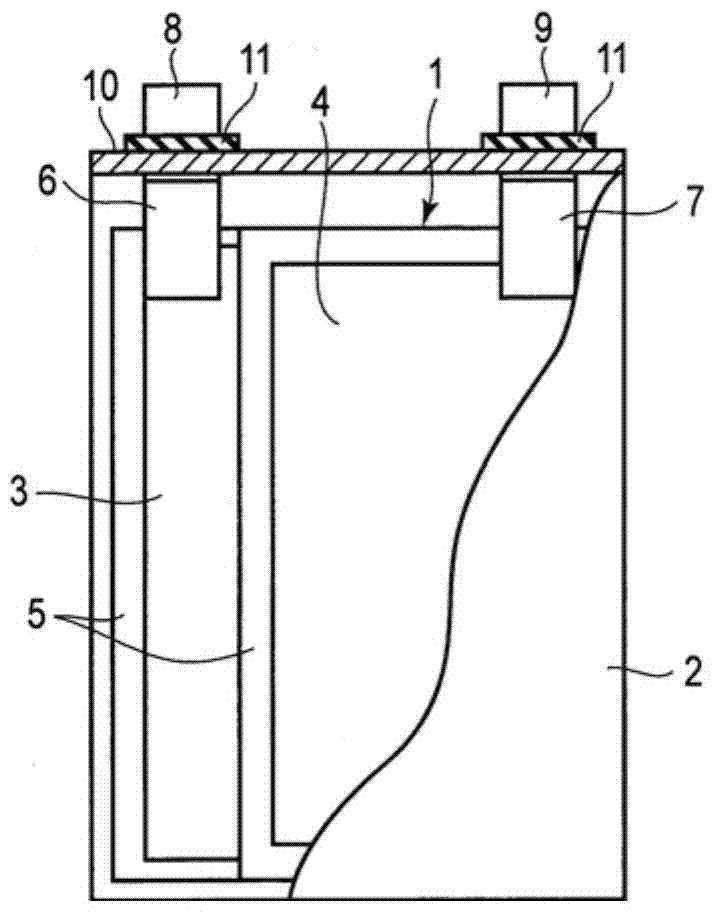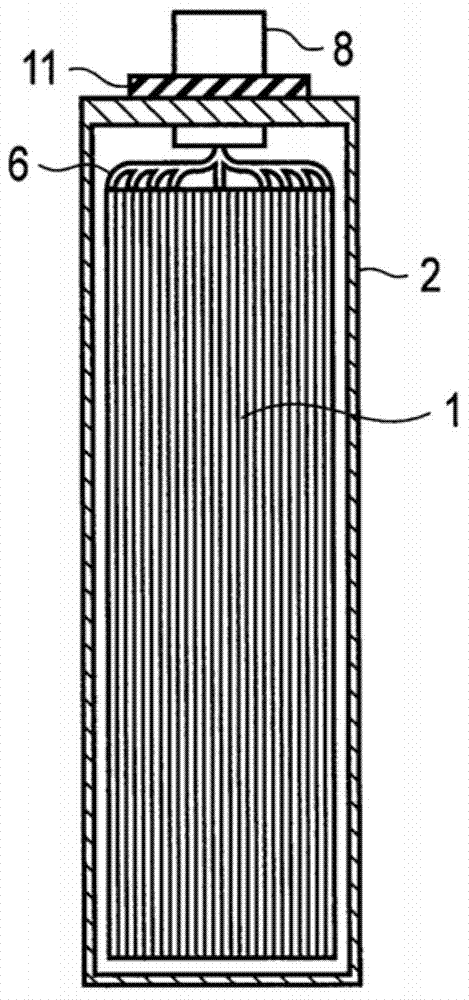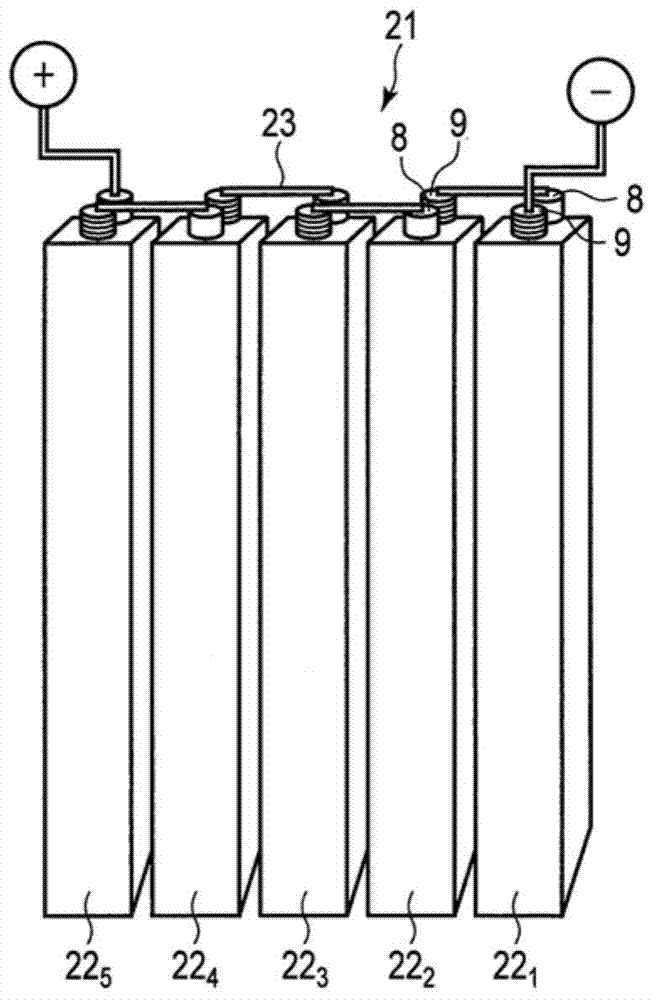Active material, nonaqueous electrolyte battery, and battery pack
A technology of active materials and carbon materials, applied in non-aqueous electrolyte batteries, active material electrodes, battery electrodes, etc., can solve problems such as energy density reduction
- Summary
- Abstract
- Description
- Claims
- Application Information
AI Technical Summary
Problems solved by technology
Method used
Image
Examples
no. 1 approach
[0020] According to the first embodiment, there is provided an active material including monoclinic niobium-titanium composite oxide particles and a carbon material layer. The monoclinic niobium-titanium composite oxide particles can absorb and release Li ions or Na ions and satisfy the following formula (1). The carbon material layer covers at least a part of the surface of the niobium-titanium composite oxide particle and satisfies the following formula (2):
[0021] 0.5≤(α / β)≤2 (1)
[0022] 0≤(γ / σ)≤0.1 (2)
[0023] where α represents the number of moles of Nb in the niobium-titanium composite oxide particles, β represents the number of moles of Ti in the niobium-titanium composite oxide particles, γ represents the number of hydrogen atoms in the carbon material layer, and σ represents the number of carbon atoms in the carbon material layer number.
[0024] The higher ratio (α / β) of the moles of Nb to the moles of Ti in the monoclinic niobium-titanium composite oxide part...
no. 2 approach
[0045] According to the second embodiment, there is provided a nonaqueous electrolyte battery including a positive electrode, a negative electrode, and a nonaqueous electrolyte. The negative electrode contains the active material of the first embodiment. The battery of the second embodiment may include a separator disposed between the positive electrode and the negative electrode and may further include a case housing these electrodes and the non-aqueous electrolyte.
[0046] Hereinafter, the negative electrode, positive electrode, nonaqueous electrolyte, separator, and case will be described.
[0047] 1) Negative electrode
[0048] The negative electrode includes a negative electrode current collector, and a negative electrode material layer including the active material according to the first embodiment, a conductive agent, and a binder, the negative electrode material layer being supported on one surface or both sides of the current collector.
[0049] It is preferable to...
no. 3 approach
[0096] A battery pack according to the third embodiment includes one or more nonaqueous electrolyte batteries according to the second embodiment. The battery pack may include a battery module including a plurality of batteries. The cells can be connected in series or in parallel. They are preferably connected in series. The number of batteries connected in series is preferably n times 6 (n represents an integer of 1 or more).
[0097] An embodiment of a battery module for a battery pack is shown in image 3 middle. According to a second embodiment, image 3 The battery module 21 shown in contains a plurality of prismatic secondary batteries 22 1 to 22 5 . Secondary battery 22 1 The positive electrode conductive sheet 8 is adjacent to the secondary battery 22 1 Positioning of the secondary battery 22 2 The negative electrode conductive sheet 9 is electrically connected by a lead wire 23 . In addition, the secondary battery 22 2 The positive electrode conductive shee...
PUM
| Property | Measurement | Unit |
|---|---|---|
| particle size | aaaaa | aaaaa |
| particle diameter | aaaaa | aaaaa |
| particle size | aaaaa | aaaaa |
Abstract
Description
Claims
Application Information
 Login to View More
Login to View More - R&D
- Intellectual Property
- Life Sciences
- Materials
- Tech Scout
- Unparalleled Data Quality
- Higher Quality Content
- 60% Fewer Hallucinations
Browse by: Latest US Patents, China's latest patents, Technical Efficacy Thesaurus, Application Domain, Technology Topic, Popular Technical Reports.
© 2025 PatSnap. All rights reserved.Legal|Privacy policy|Modern Slavery Act Transparency Statement|Sitemap|About US| Contact US: help@patsnap.com



